By Zach Anderson
After a notably tragic Asian American and Pacific Islander heritage month this year, Viet Thanh Nguyen, the Pulitzer Prize-winning author of “The Sympathizer” penned an editorial for the New York Times entitled “The Beautifully Flawed Fiction of ‘Asian America’.”
At its core, Nguyen wrote, Asian American identity is an inherently political one and only arbitrarily connected to the physical geographies of either Asia or America. The binding force that unites Americans of Asian descent is a shared history that despite being just as vast and complex as general American history, is nonetheless pushed to the side in classrooms.
The narratives of this history are as familiar to Asian Americans as anything else–– Chinese prospectors during the Gold Rush and their construction of the transcontinental; Japanese incarceration during World War II; and the arrival of Southeast Asian refugees in the aftermath of the Vietnam War.
Intertwined with this history is that of Filipino Americans, the third largest Asian group in the United States. This history began in 1587 when the first Pinoys set foot on North America on the beaches of Morro Bay, California. It continued into the Central Valley where after a long day’s work in the asparagus fields young Pinoys danced their hearts away in the dance halls of Stockton. Years later, those same Pinoys–– now old men–– walked off the vineyards of Delano, beginning one of the largest labor struggles in US History.
LATEST STORIES
At the onset of the creation of ethnic studies programs in the 1960s that resulted in the creation of the term Asian American, Filipino activists like Dan Gonzales were on the frontlines alongside Chinese and Japanese students.
However, according to One Down Media, 48 percent of Filipino Americans identify themselves as Pacific Islanders.
In the same article, it states that Filipinos who do identify as Pacific Islanders point to geography and shared ancestry.
The Philippines is made up of more than 7,000 islands located in the Pacific. But according to the US Census Bureau, Pacific Islanders are people who either descend or are from the three regions of Pasifika–– Polynesia, Micronesia and Melanesia. The Philippines is not part of any of them.
But when it comes to ancestral roots, there is precedent that the people of the Philippines share origins with Pacific Islanders–– especially the Chamorro people of the Mariana Islands.
When informed of the number of Filipinos who call themselves Pacific Islanders, Dr. Lisalinda Natividad, a Chamorro/Filipino social work professor at the University of Guam, was not surprised.
As part of her work, Dr. Natividad and some of her students participated in a cultural exchange program with Benguet State University in the Philippines which included touring a local ethnographic museum.
“You could see so many connections, culturally between Chamorros and Filipinos,” said Dr. Natividad. “It really is hard to separate Chamorru-ness from Filipino-ness.”
In the case of the Marianas, the history of the Philippines and Pasifika are intertwined.
Four thousand years ago, when the Austronesians migrated outside of modern-day Taiwan, they sailed to island groups across the Pacific including–– but certainly not limited to–– the Philippines and Marianas.
During Magellan’s expedition to circumnavigate the earth, he first made contact with the Chamorro people off the coast of Guam. Ten days later, he made landfall in the Philippines, marking the beginning of the Spanish era for that ended in 1898 after the US conquered them during the Spanish American War.
Throughout most of those four centuries, much of indigenous culture was lost because of centuries of colonial power.
“Many things [in Guam] have been hijacked by colonization and have disappeared,” said Dr. Natividad, citing traditional Chamorro dance as an example. “A lot of filling in the gaps of who we are came from looking at the diasporic migration [of Austronesians] through the Philippines, Guam, and the rest of Micronesia.”
Today, 37 percent of Guam’s population are Chammoro while 29 percent are Filipino. Some are descended from the groups of political dissidents sent to the island by the Spanish and Americans as farm laborers. Others from those who migrated after World War II to work on US military bases.
Similarly in Hawaii, 13 percent of the population are Filipino and nine percent are Native Hawaiian. Many Filipinos descend from laborers brought to the islands to work on the sugar plantations where they also joined Chinese, Japanese, Korean, and Native Hawaiian laborers.
But these Filipinos do not identify as Pacific Islanders either, despite deep ties to those places.
Keana Aguila Labra, a Pinoy poet from San Jose, said that their Pinoy friends from Hawaii still consider themselves Filipino.
“[They] acknowledge they’re on stolen land,” said Aguila Labra. “When I met each of them, all different times, they each said something like: ‘I’m X, I’m an Ilokano settler on the island of Oahu.”
Perhaps the most damning argument to the contrary is that Filipinos from the Philippines identify as Asian.
“My parents corrected my siblings and I immediately once we brought the conversation into our household…” said Aguila Labra. “I very much see the Philippines and myself as Southeast Asian.”
Shiabe Bok, a Chamorro musician born on Guam and based in San Diego, shared this sentiment.
“I get friends who are full Filipino born and raised on Guam who say they are Filipino but from there,” he said. “A lot from Hawaii say they’re Filipino but rep Hawaii.”
Bok also noted that Filipinos who do claim to be Pacific Islander are from the US mainland and not from the islands.
“It’s like this: if you are from Guam do you say you’re Guamanian or Chamorro?”
This phrasing, which distinctively separates Filipinos from Pacific Islanders in an ethnic context, works to clear the air on the issue. Filipinos born and raised in Pasifika are much more connected to the culture than mainland Pinoys, and their choice to distinguish themselves apart from that ethnic group indicates understanding of what happens if they occupy that space.
Aguila Labra, also said that Pinoys who do identify as Pacific Islander use surface-level explanations such as “shared physical features” and colonialism, indicating a lack of knowledge of the nuanced ties between those islands and others.
This does not come without consequence. When Filipinos occupy conversations that should be occupied by Pacific Islanders, that community’s concerns are ignored or downright erase.
It makes it difficult to talk about issues like the impact of nuclear testing in the Marshall Islands; the discrimination against Micronesian immigrants in Hawaii and Guam; that Guamanians enlist in the armed forces at higher rates than any other state or territory; and the work of Hawaiian activists to preserve cultural practices.
But this does not mean that Filipinos from Hawaii or the Marianas cannot identify with island life and culture.
“How a person is connected to their race and to their culture are two very different things, and this is a complicated matter for those who are not first or second or even third generation citizens in America,” said Jared Elizares, a San Francisco-based photographer who was born in Hawaii and is half Filipino. “…I have many friends who find it insulting that Filipinos would identify one way (and many feel the same about the other), but this is a challenging conversation that many people my age need to navigate through their own contexts.”
It is understandable why mainland Pinoys have complicated relationships to identity. Mainstream American discourse pushes the fiction that Asian Americans are exclusively those of East Asian descent. Coupled with ideas of the model minority, it can be difficult for young Pinoys to feel connected to Asian identity.
But what needs to be understood is that Filipinos, despite origins in island life and culture and despite historical connections, are not Pacific Islanders.
AsAmNews has Asian America in its heart. We’re an all-volunteer effort of dedicated staff and interns. Check out our new Instagram account. Go to our Twitter feed and Facebook page for more content. Please consider interning, joining our staff, or submitting a story or making a contribution.

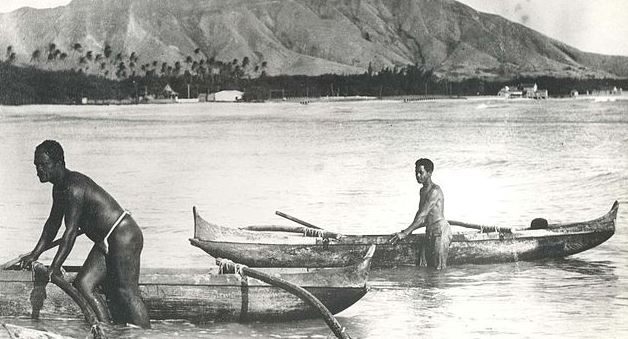



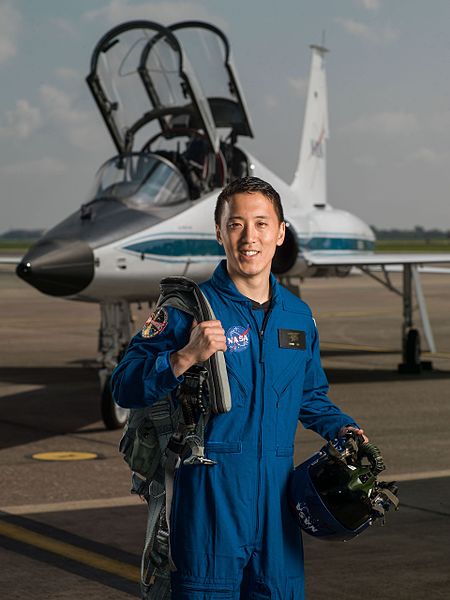
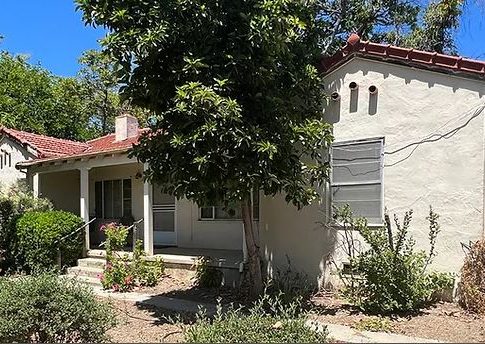

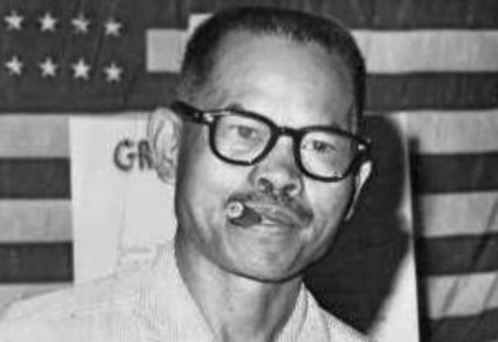

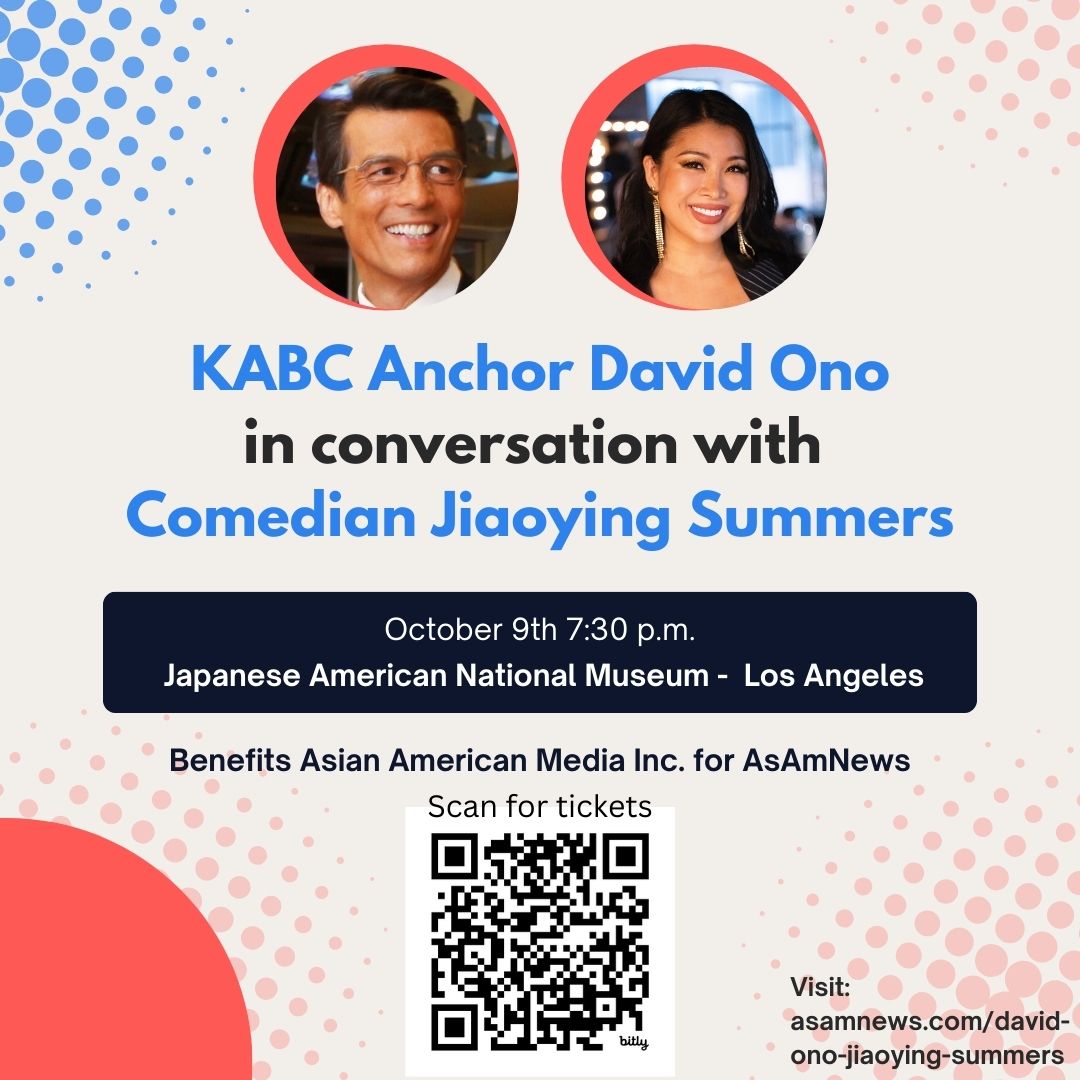

Enlightening and Informative
Sounds like you have no clue to the Ancestry to the people of the islands. Sounds like you don’t know anything about the culture before it was stolen and brainwashed away. A french explorer Jules Dumont put those islands in the Asian category, it wasn’t chosen. Nothing pre colonial was truly Asian, except through thru trade. Genetics , culture and Linguistics were their own , until the seafarers of those island went through the pacific making stops and sharing those cultures etc. Eventually creating these other Islanders. Again poly , micro , mely are all Europe titles. No Pacific islanders for the most part without( Maharlika)Philippine seafarers again a name not chosen by the people it’s a slave name. So I will go with Maharlika to unit those islands of reference
I dated a lady whose parents were born in the Philippines. She was born in the United States and stated her ancestry as American Filipina and Pacific Islander interchangeably. Recently, I spoke with a young woman born in the United States who also has parents from the Philippines. She does not include the Pacific Islands designstion as being part of her ancestry. This is a very interesting topic and I am being educated as a result of the history and debate.
Precolonial times the Philippines were ruled by ancient India rajahs! Asia is a made up itself, even Africa is a geographical term that is made up by man. To be Asian you have to be part of Asia. Guess what? You’re Asian.
Maybe if Americans didn’t bomb Manila back into the stone age in ww2, Filipinos would still have their ancient history and not be so confused. Filipinos are not pacific islanders. They’re most similar Indonesians and Malaysians, who apparently Dr.Natividad is not aware of.
Filipino-American here, I received a full scholarship that was for pacific islanders going into engineering, and started working at a FAANG company right after graduation through an apprenticeship program for underrepresented groups like pacific islanders/indigenious (and specifically NOT asian) engineers. All I told them was I’m Filipino and under the pacific island umbrella and here I am, not once received any push back. Academics can debate it all they want but it’s pretty clear in the real world.
I’m sorry everyone. We didn’t create the definition for Asian, not Pacific Islander. It’s Western Universities and it’s enforced by Western States. (In this article it’s the US Census Bureau)
It’s doesn’t matter that we have Pacific Islander genetics, or have a long history of Asian migration or that we have a history of Latin migration during Spanish colonialism.
We are what the west calls us because they created the labels – unless we were brave enough to create, settle and insist on our own.